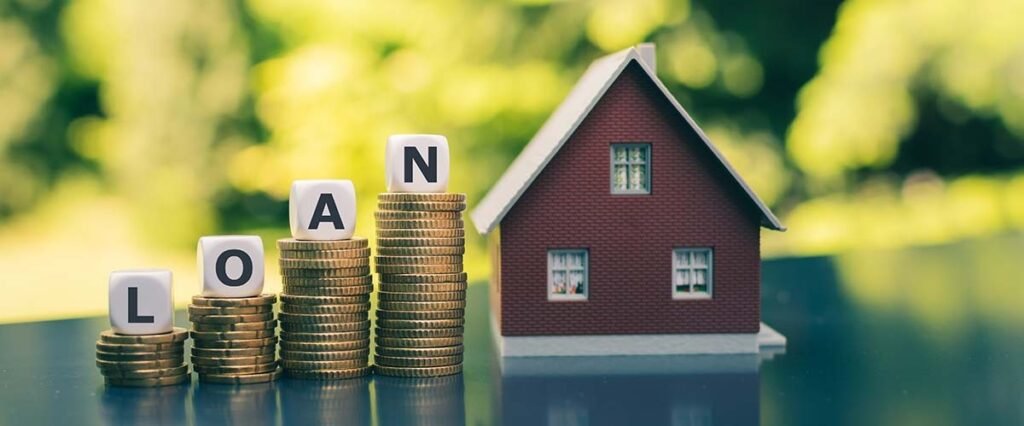In the context of globalization, financing housing construction in the United States has evolved with diverse instruments and innovative approaches, influenced by global investment flows, international partnerships, and technological advancements. Here are some key instruments and mechanisms in play:

1. Traditional Bank Loans and Mortgages
- Construction Loans: These are short-term loans specifically for financing the construction phase of a housing project. Borrowers can often transition these into a standard mortgage once construction is complete.
- Permanent Mortgages: Post-construction, many projects are financed through conventional or government-backed mortgages. Globalization has made it easier for foreign banks to partner with U.S. institutions, providing diversified mortgage offerings.
2. Securitization and Mortgage-Backed Securities (MBS)
- The U.S. mortgage market is highly securitized, with mortgage-backed securities allowing investors worldwide to participate in the U.S. housing market. This structure provides liquidity, making it easier for banks to lend for construction and mortgage financing.
- Global Investors and MBS: International demand for MBS impacts rates and availability of funding, as foreign investment capital flows into U.S. housing through these securitized products.
3. Real Estate Investment Trusts (REITs)
- Residential and Construction REITs: REITs allow global investors to fund residential housing projects, including construction financing, by pooling capital to invest in real estate assets.
- Global Capital Inflows: Publicly traded and private REITs in the U.S. attract significant foreign investment, broadening financing sources for residential construction projects and promoting new developments.
4. International Development Financing
- Multilateral Development Banks (MDBs): Although MDBs like the World Bank primarily operate in developing regions, there is an increasing focus on public-private partnerships within developed markets, including the U.S. This can support affordable housing projects through grants, loans, and guarantees.
- Green Bonds and ESG Investments: Growing global emphasis on sustainability has led to green bond financing for eco-friendly housing projects. Many U.S.-based developers partner with international investors to access green bond markets.
5. Sovereign Wealth Funds and Foreign Direct Investment (FDI)
- Direct Investments by Sovereign Wealth Funds: These funds often target high-growth U.S. cities with housing shortages, funding construction through direct investments or joint ventures.
- Cross-Border Partnerships: U.S. developers and investors frequently collaborate with foreign entities, benefiting from the expertise, capital, and favorable loan terms made possible by FDI.

6. Private Equity and Venture Capital
- Global Private Equity Firms: Many private equity firms with global reach finance large-scale construction projects, especially in the multifamily housing sector, urban development, and affordable housing.
- PropTech Investments: Venture capital has been increasingly directed towards construction technology (PropTech) startups, many of which focus on innovative financing models, modular housing, and automation in construction processes.
7. Alternative Financing: Crowdfunding and Fintech Solutions
- Real Estate Crowdfunding: Platforms such as Fundrise or RealtyMogul allow individuals globally to invest in U.S. residential construction projects, creating new capital inflows from retail investors worldwide.
- Blockchain and Tokenization: Blockchain technology enables fractional ownership in real estate projects, and tokenized investments in U.S. real estate allow for transparent, globalized funding sources. This provides another route for financing residential construction with global participation.
8. Public Housing and Government-Backed Programs with Global Partnerships
- Affordable Housing Programs: Federal programs like the Low-Income Housing Tax Credit (LIHTC) attract domestic and international investors interested in affordable housing and receive tax incentives.
- Global Philanthropic Partnerships: Nonprofits and foundations in the U.S. sometimes receive funding from international partners to support affordable housing projects, especially in response to housing crises or natural disasters.
9. Insurance and Risk Management Instruments
- Global Reinsurance Partnerships: Construction projects are often risky, but global reinsurance markets help U.S. insurers manage this risk, especially for large-scale projects. Reinsurers spread risk, making it easier to secure construction loans and financing.
- Hedging Against Foreign Exchange Risk: When foreign capital is involved, currency fluctuations can impact financing. Hedging instruments allow foreign investors and U.S. developers to mitigate exchange rate risk, smoothing the path for international capital flows into housing construction.
10. Impact of Global Economic Policies
- Interest Rates and Inflation: Central banks’ policies globally impact U.S. mortgage rates. For instance, low-interest policies in other regions can lead foreign investors to seek higher returns in the U.S., increasing capital availability for housing.
- Global Supply Chains: Access to construction materials is a significant factor in housing finance. Globalization has expanded the supply chain network, but dependency on international suppliers can cause price volatility, directly impacting financing needs.
These instruments demonstrate the multi-layered role globalization plays in U.S. housing finance, creating opportunities while also introducing new dynamics and risks.